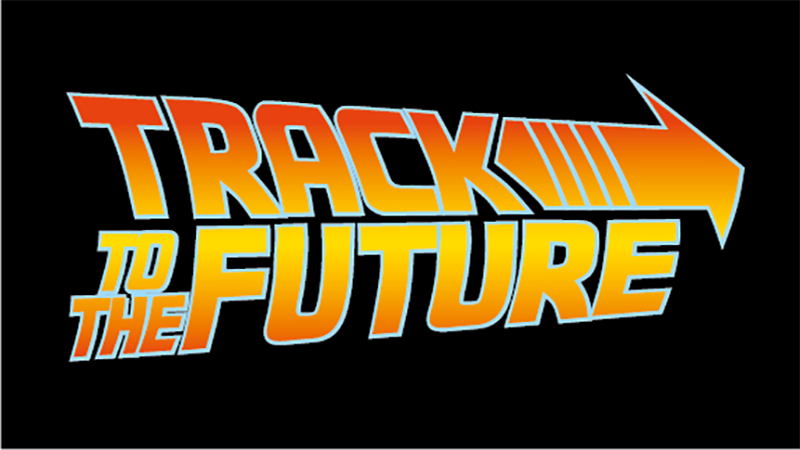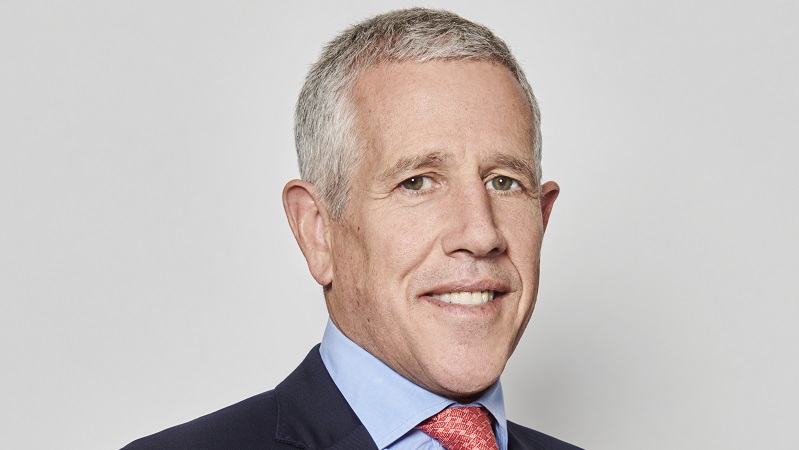This month, he wrong-footed markets yet again by cutting borrowing costs to just 0.25%. The decision, which split the ECB council – with the German, Dutch and Austrians on one side and the ‘southern’ states on the other – follows another cut, to 0.5%, in May. Soon after, in July, Draghi surprised us again by issuing forward guidance for interest rates – a first for Europe.
Draghi: the DIY expert
So far, however, such guidance from the man who vowed last summer to do “whatever it takes” to save the euro, has taken a back seat to fears that the era of global central bank monetary stimulus is coming to an end. Such fears, along with the prospect of a stronger global recovery, have already pushed German government bonds higher. Despite Draghi’s undoubted talent for papering over the cracks, Europe’s wheezing economy still faces the same gruelling challenges, which it can only meet with greater monetary stimulus.
This month’s rate cut was accompanied by Draghi’s assurances that, even though alarm bells were ringing about a fall in the eurozone CPI, expectations were “well-anchored”. Europe’s top banker stressed the single-currency zone was not facing the threat of deflation, even though at 0.8% CPI was less than half the ECB’s target of “close to but below 2%”.
This seems complacent at best. Europe only just scraped out of recession in the second quarter, with a meagre growth rate of 0.3% following six consecutive quarters of decline. Early indications are that GDP grew by just 0.1% in Q3, which could be erased by even a minor revision to the figures. French GDP fell, while Germany delivered just half the growth of the previous quarter.
Although German unemployment continues to fall, its neighbours cannot say the same. Excluding Germany, unemployment in Europe is still around 15%, rising to north of 25% for the likes of Spain and Greece. Youth unemployment is higher still at well above 40% in many countries.
Deflation not an option
Although Draghi’s breezy countenance may belie the idea, Europe appears to be poised on the precipice. The parallels between today’s ailing European economy and the Japanese economy of the late ’80s are hard to ignore. Back then, Japan sunk into a deflationary cycle that lasted two decades, and which still persists today. There are already clear warning signs of deflation taking root in some of Europe’s periphery. If it does it could quickly engulf the whole region, forcing Draghi’s hand.
Although the latest rate cut was welcome, further monetary stimulus must follow if Europe is to avoid following in Japan’s footsteps. So far, the ECB’s credibility has benefited from its long-term refinancing operations and outright monetary transactions that have underpinned liquidity. However, the bank has baulked at quantitative easing thus far, despite evidence of its success in the US, UK and Japan. There have been suggestions that such practices might be against the EU’s treaty, while German resistance to using monetary policy to finance governments is well known.
The ECB president has his work cut out in setting a single course for the 17 disparate economies that make up the eurozone. But as Japan’s example has shown, while avoiding deflation may be tough, dragging an economy out of deflation can be all but impossible. This means that Draghi has a number of thistles to grasp – the sooner he does so, the better it will be for Europe’s economy.










